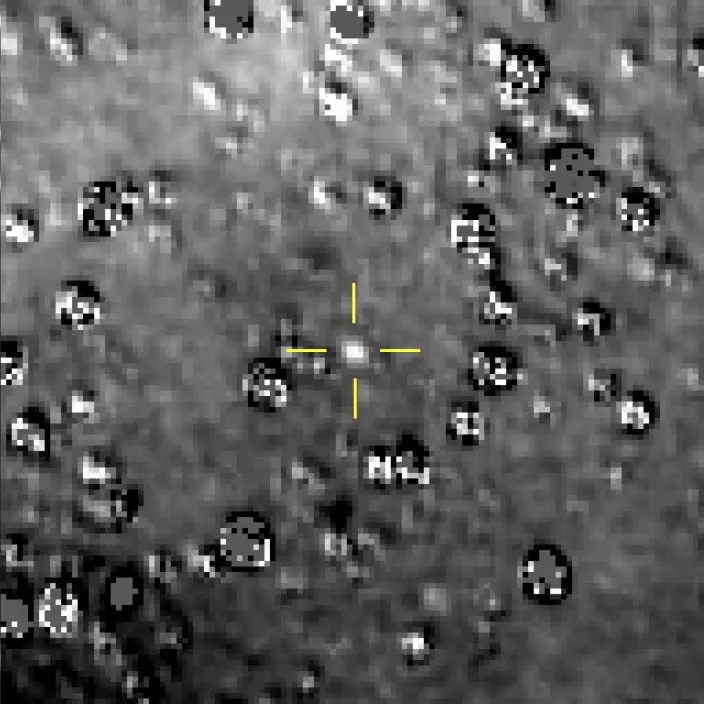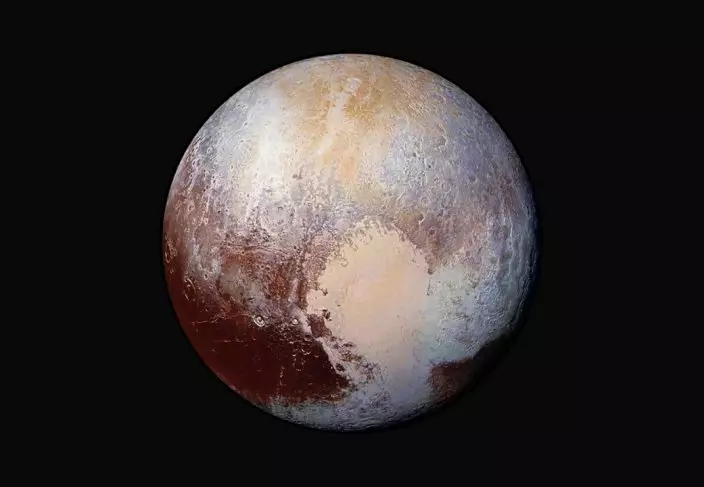The spacecraft team that brought us close-ups of Pluto will ring in the new year by exploring an even more distant and mysterious world.
NASA's New Horizons spacecraft will zip past the scrawny, icy object nicknamed Ultima Thule (TOO-lee) soon after the stroke of midnight.
Ultima Thule will be the farthest world ever explored by humankind. It is 1 billion miles beyond Pluto and an astounding 4 billion miles from Earth. No spacecraft has visited anything so primitive.

FILE - This illustration provided by NASA shows the New Horizons spacecraft. NASA launched the probe in 2006; it’s about the size of a baby grand piano. (NASAJHUAPLSwRI via AP)
The spacecraft flew past Pluto in 2015, providing the first close-up views of the dwarf planet. It will zoom within 2,200 miles of Ultima Thule, its seven science instruments going full blast.
It will take about 10 hours to get confirmation that the spacecraft completed — and survived — the encounter.

FILE - This composite image made available by NASA shows the Kuiper Belt object nicknamed "Ultima Thule," indicated by the crosshairs at center, with stars surrounding it on Aug. 16, 2018, made by the New Horizons spacecraft. The brightness of the stars was subtracted from the final image using a separate photo from September 2017, before the object itself could be detected. (NASAJohns Hopkins University Applied Physics LaboratorySouthwest Research Institute via AP)

FILE - This image made available by NASA on Friday, July 24, 2015 shows a combination of images captured by the New Horizons spacecraft with enhanced colors to show differences in the composition and texture of Pluto's surface. The images were taken when the spacecraft was 280,000 miles (450,000 kilometers) away. (NASAJHUAPLSwRI via AP)


